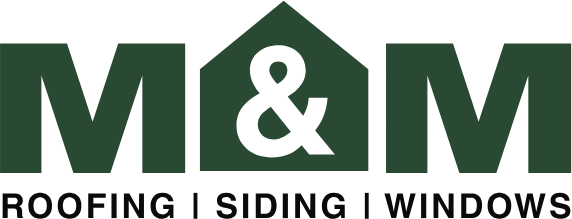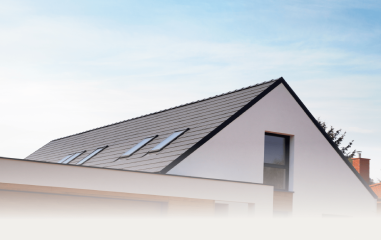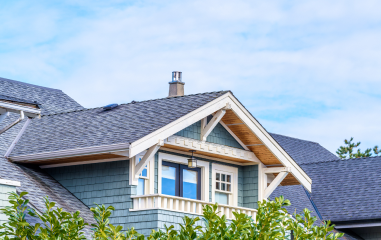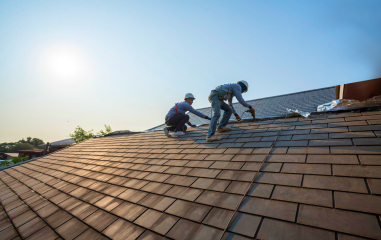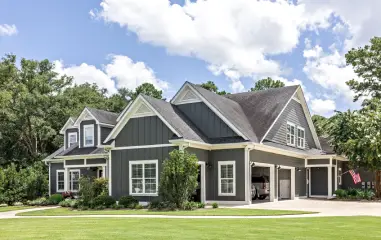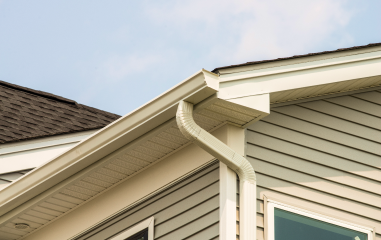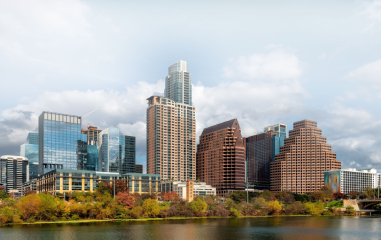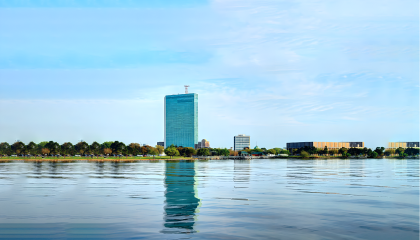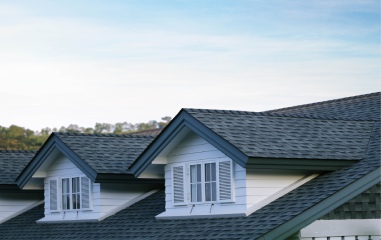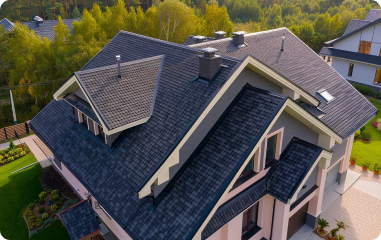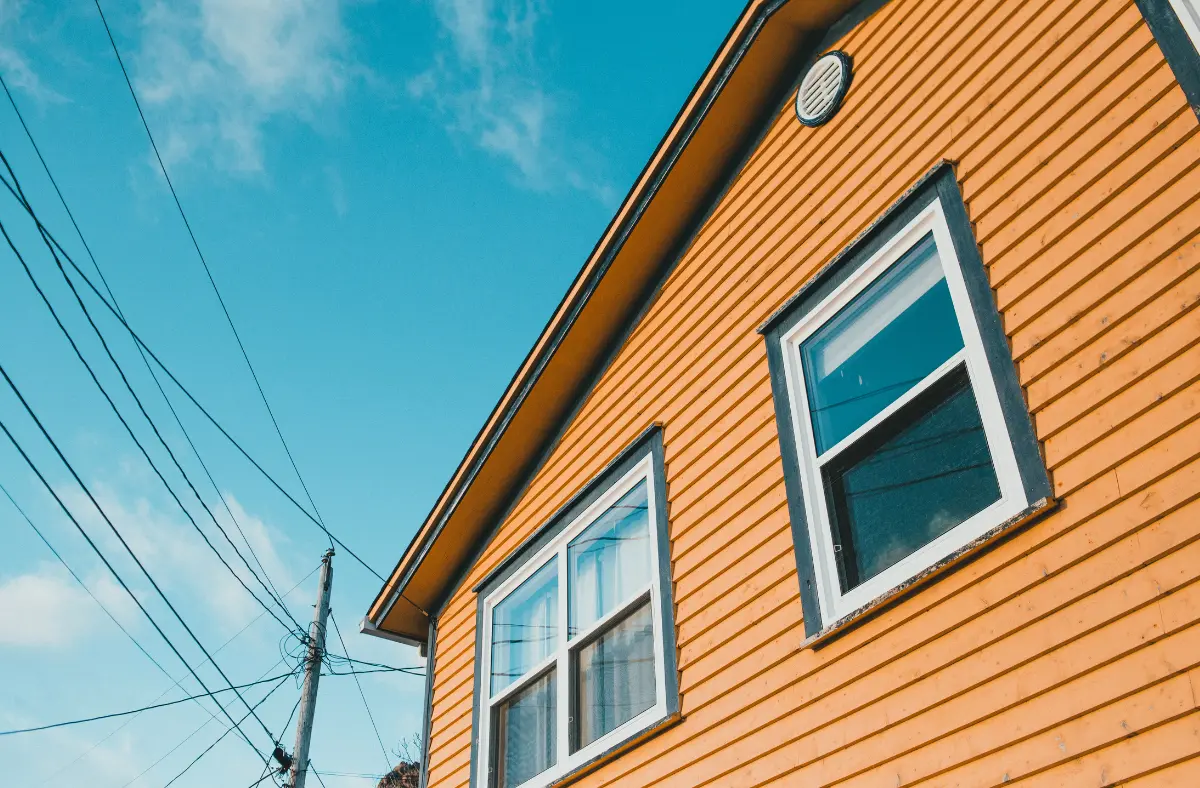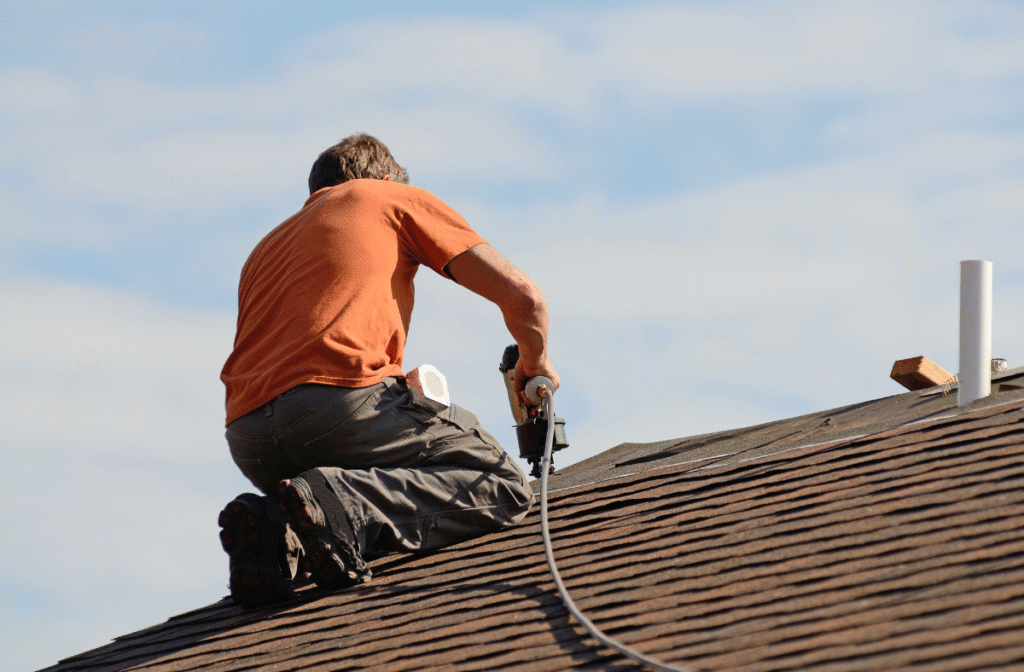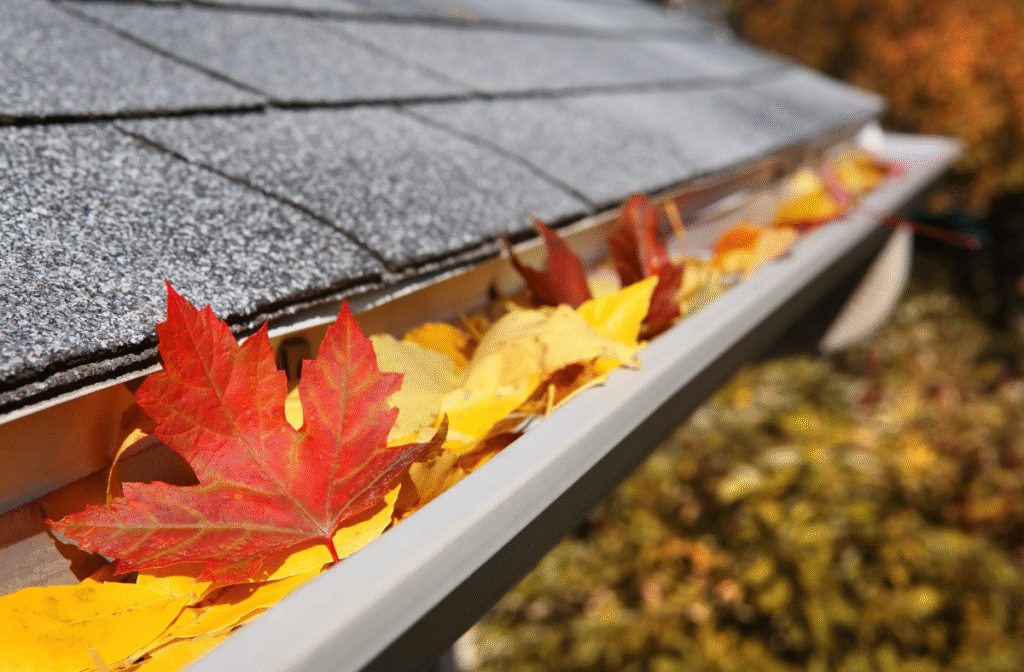When it comes to protecting and beautifying your home, few decisions are as important as choosing the right exterior siding.
Your siding isn’t just about curb appeal. It plays a critical role in shielding your home from the elements, boosting energy efficiency, and even influencing your property value.
Two of the most popular siding options on the market today are vinyl siding and fiber cement siding. Both have their advantages, and both are widely used by homeowners across the country. But how do they truly compare when it comes to appearance, durability, maintenance, and overall value?
In this guide, we’ll take a close look at fiber cement vs. vinyl siding, breaking down the pros and cons of each.
Table of Contents
Overview of Fiber Cement and Vinyl Siding
Before we get into the details of fiber cement vs. vinyl siding, let’s get an overview of each type.
What Is Vinyl Siding?
Vinyl siding is made from PVC (polyvinyl chloride) resin. It’s lightweight, affordable, and widely used. There are a variety of styles and colors available, making it a popular option for homeowners looking to customize their home’s exterior.
What Is Fiber Cement Siding?
Fiber cement siding is made from a mixture of wood pulp, cement, sand, and water. It’s known for its durability and ability to mimic the appearance of other materials such as wood or brick. It has become very popular in recent years due to its low maintenance and long lifespan. James Hardie siding is an example of a popular fiber cement siding.
Need to replace your exterior siding? Contact us today for a FREE inspection and consultation.
Appearance and Curb Appeal
As we noted, vinyl siding comes in many different colors. However, it can have a plastic-like appearance. On the other hand, fiber cement siding can be designed to mimic the look of wood or brick without the high cost and maintenance associated with those materials.
This versatility in appearance makes fiber cement siding a great choice for homeowners. They can choose from a variety of textures, patterns, and colors to create the desired look for their home.
Additionally, fiber cement siding is available in both horizontal and vertical designs, providing even more options for customization.
What’s more, installing fiber cement siding can significantly increase the resale value of your home. According to the 2023 Remodeling Cost vs. Value Report, fiber cement siding can increase the value of your home by as much as $17,130 and has a return on investment as high as 89%.
Durability and Weather Resistance
Vinyl siding is fine if you don’t experience any severe weather. However, it can crack in extreme cold and warp in extreme heat. It’s also vulnerable to storm damage, like hail and wind-blown debris. It’s also prone to fading over time.
Fiber cement siding, on the other hand, is highly resistant to warping, cracking, and weather extremes. It’s also very durable and can withstand strong winds, hail, and debris without damage. What’s more, it’s non-combustible, meaning it won’t ignite or contribute to a fire spreading. It handles UV exposure far better than vinyl, and can last long even in harsh climates.
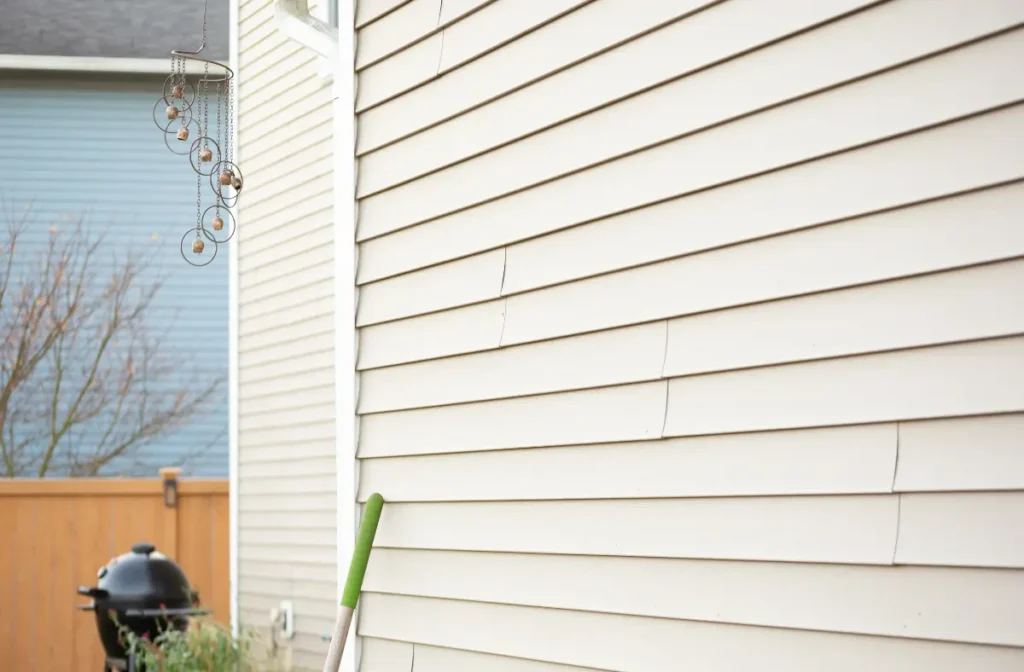
Maintenance Requirements
Vinyl siding is known for being low-maintenance. It never needs painting and is relatively easy to clean. However, it is prone to mold and mildew buildup, especially in moist or humid climates.
Fiber cement siding may need to be repainted after a number of years. James Hardie Color Plus siding comes with a 15-year warranty that covers peeling, cracking, and chipping. Fiber cement siding is easy to clean with a power washer and mild soap.
Cost Comparison
When it comes to fiber cement vs. vinyl siding, vinyl siding is cheaper up front. It usually costs somewhere between $3 – $12 per square foot. Fiber cement siding is a little more expensive, usually costing between $5 – $14 per square foot.
While vinyl siding is a little cheaper up front, it may end up costing you more in the long run. Vinyl siding is less durable and may need to be replaced after 10 – 15 years, while fiber cement siding can last for decades with proper maintenance.
Not only that, but fiber cement siding often has a higher return on investment compared to vinyl siding. When you go to sell your home, the fiber cement siding could significantly increase its value.
Not sure which type of siding is right for you? Contact us today for a FREE consultation!
Energy Efficiency and Insulation
Vinyl can come with insulated options, but it generally does not contribute heavily to the insulation of a house. On the other hand, fiber cement siding is denser and better insulator, making your home more energy efficient. This means lower heating and cooling costs for you in the long run.
Environmental Impact
While this may not be the first thing that comes to mind when deciding between fiber cement vs. vinyl siding, it is important to consider the environmental impact of your choice.
Vinyl siding is a petroleum-based product and requires the use of fossil fuels for its production. This can contribute to air pollution and greenhouse gas emissions. Additionally, vinyl siding cannot be recycled and often ends up in landfills after its lifespan.
On the other hand, fiber cement siding is made from sustainable materials such as cement, sand, and cellulose fibers. It also has a longer lifespan than vinyl siding and can be recycled at the end of its life. These factors make it a more environmentally friendly option compared to vinyl siding.
Conclusion: Which Is Right For Your Home?
If you’re on a tight budget and need a short-term option for your home, vinyl can be a good choice.
However, for homeowners looking for long-term durability, superior appearance, and better overall value, fiber cement siding is the clear winner. It offers a beautiful, resilient exterior that enhances curb appeal and withstands the test of time and the elements.
If you’re considering replacing your siding, contact us today! We’ll send one of our siding experts to your house for a FREE inspection and quote.
M&M Roofing, Siding, and Windows has been serving Texas homeowners for over 40 years. Call us or complete the request form to schedule a FREE inspection and consultation.
